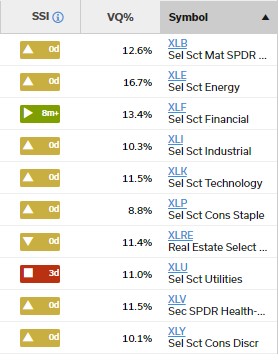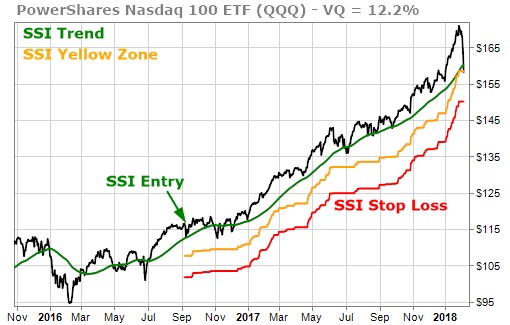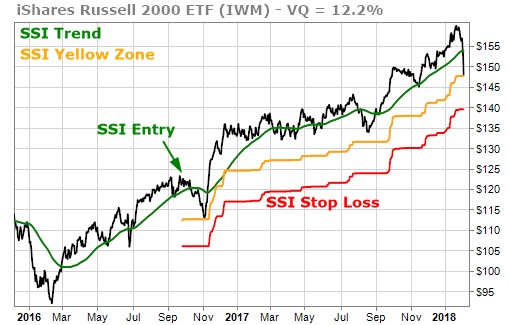The Dow Jones Industrial Average saw its largest single-day point drop in history on Monday. At one point during the day, the Dow was down nearly 1,600 points before recovering somewhat (though still falling 1,175 points). And that was after a big fall on Friday.
The VIX, a popular measure of volatility, saw an incredible spike Monday as stocks fell. It more than doubled, rising 115%.
The VIX spike was extremely bad news for VIX short sellers. Individuals and institutions (including pension funds) had bet hundreds of billions – by one estimate as much as $2 trillion – on trades that assumed volatility would stay low.
With volatility spiking, those trades are an extreme source of pain now… and a number of volatility sellers could be wiped out (or are now on the edge of being wiped out). For those still hanging on, there could be more forced selling if the market drops further.
Monday’s market carnage spread from US markets to overseas markets, showing the pain to be truly global. We don’t know what else will be in store this week. Large downside moves like this can sometimes lead to even larger downside moves, as margin calls and automated sell triggers create a kind of snowball effect.
All of that is to say that there are indeed serious events unfolding in the stock market right now. These aren’t the kinds of moves that can be easily brushed off in spite of CNBC and Jim Cramer encouraging us all to calm down.
Of course, when things get serious we always look to indicators … and we’ve got some solid indicators to fall back on when it comes to market turmoil. Let’s take a look in our proverbial bag.
The first indicator we look to is the TradeStops SSI signal on the S&P 500. Monday’s action sent the S&P 500 into the Yellow Zone for the first time since it triggered a new SSI Entry signal back in April 2016.

The S&P is only 1.9% away from triggering its SSI Stop signal. A close below $2,599 would send it into the Red Zone. Two hours before the market close today the S&P 500 is sitting at $2,635.
The S&P Select Sector ETFs that we follow tell the same story. After Monday’s global sell-off, 8 of the 10 ETFs we follow moved into the SSI Yellow Zone. Of the remaining two ETFs, one is in the Green Zone, and one is in the Red Zone.

With both the S&P 500 and the SPDR Select Sector ETFs, we’re solidly in the Yellow Zone. Caution is the name of the game, but we’re not necessarily playing defense.
If we see the S&P 500 enter the Red Zone AND we see 7 out of 10 of the SPDR Select Sector ETFs enter the Red Zone, then we will definitely be taking a defensive posture. Right now, it’s wait and see.
The tech sector seems to be fairing a bit better than the broader market. The QQQ ETF touched the SSI Yellow Zone on Monday but hasn’t yet breached it.

IWM, the ETF for the Russell 2000 Index, is similar to QQQ. It touched the SSI Yellow Zone on Monday but finished the day roughly 4% above its SSI Stop.

Keep an eye on the S&P 500, QQQ, and the SPDR Select Sector ETFs. If the page starts to turn red, then it’s very likely time to start keeping some powder dry until the dust settles.





